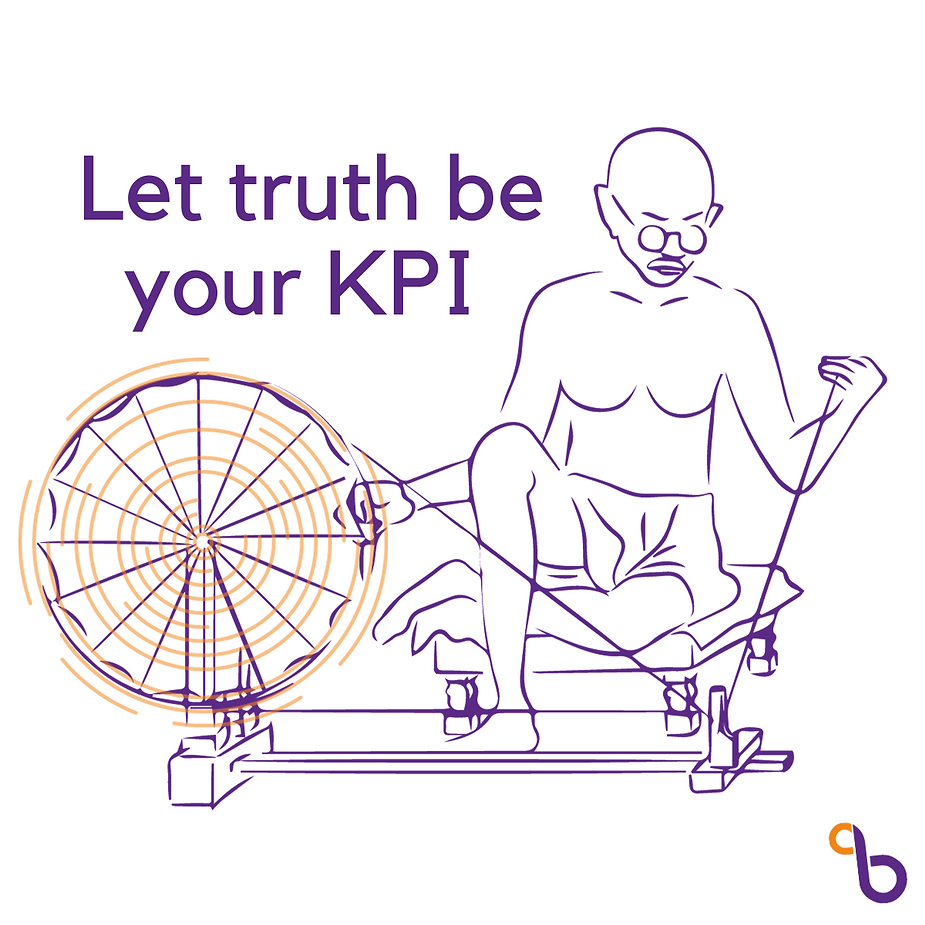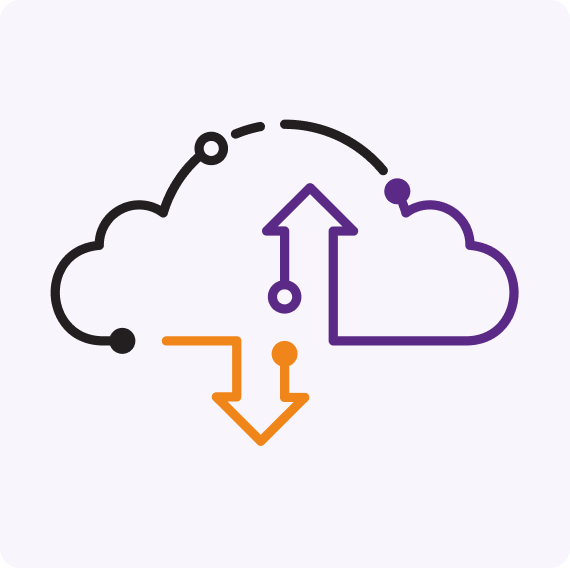India, and the world at large, held its breath as the Chandrayaan-3 touched the surface of the Moon. The South side of the Moon is in our reach for the first time since man saw the white orb in the sky some 300,000 years ago.
We thought of launching our updated website (sans propogation delay) to match the date of the Chandrayaan-3 landing because there is something quite universally optimistic about uncovering the unknown.
Humanity has a history of flourishing when someone has made us “look up”. The sky has been an infinite inspiration to insatiable curiosity that has pushed the entire expanse of humanity forward. There are literal songs about going to the Dark Side of the Moon. But on 23rd August 2023, people once again looked up in unison, and aspired to be more.
We feel it is symbolically in line with our vision to help consulting as an industry “look up”. That is our moonshot.

There’s a lot that the Moon landing can teach us. Here’s the top three lessons from the mission with a direct relationship to Consulting and ERP.
Think Big
In 1969, Kennedy succeeded in putting a man on the moon. He said “We choose to go to the Moon in this decade and do the other things, not because they are easy, but because they are hard.” 500 million people watched the Moon landing. 6 decades later we are only the fourth country to land on the Moon’s surface, and the first to land near the lunar south pole. This is a huge deal.
I had a professor who used to tell us, “you are only as big as the biggest problem you try to solve” or “you can only be as big as the cause you champion”. Too often we get bogged down into unnecessary operational details during either implementation or enhancement phases and miss the bigger picture. This leads to over-customization, needless delays, over-shot budgets, unmet requirements etc., missing the primary purpose of the transformation project. We end up focusing on the smaller, almost irrelevant aspects of the project and getting hung up on them.
As explained by Daniel Kanheman, humans have a subconscious bias towards substituting a hard question to a simpler one and then answering that. So “do I like her idea?” becomes “do I like her?”. And “improve customer happiness” becomes “get a high rating on customer index score”. When you over-optimize for the smaller vision, you get issues such as a car service brand I know (and won’t name) which calls customer informally asking for what their rating is (before the formal call where they log the rating). If the customer gives a low rating they ask if they’ll give a higher rating against a voucher. If the customer is still inclined to give a bad rating then that customer gets spuriously dropped from the “random sample” of customers being asked for reviews! This improves the CSAT score a lot without actually contributing at all to customer satisfaction. Such things also happen in ERP implementations where instead of making the system aligned to the transformation’s vision, it gets aligned to a particular page layout or a step in a process derailing the project.
This can be avoided by agreeing on the right metrics from the get go and reflecting regularly on whether the investment is giving the right results.
Failure is the road to success
“I never lose. I either win or I learn” – Nelson Mandela
Chandrayaan-2 was a partial failure. ISRO still went ahead with Chandrayaan-3 and used all the mistakes made during Chandrayaan-2 to come out successful.
A lot of ERP implementations fail. This breeds an understandable amount of PTSD (Post Traumatic Stress) to customers who either don’t want to reinvest time with a new partner on another project, or start from a position of mistrust and pessimism. That’s not a good way to start a project. Each failure brings a valuable trove of learning which can be carried forward to all other projects. What’s important is to take failures in projects as lessons and path correct to realign to the bigger vision.
The aim has to be to not repeat mistakes. That’s why we have made significant investments in ensuring we capture and distill the learnings from our team’s previous experience from hundreds of both successful and failed implementations to put them into actionable insights.
The Part is the Whole
Each part is a partner in making the ‘whole’ function well. You can’t have a functional whole if a part malfunctions. Chandrayaan-2 didn’t fully succeed because of a failed valve and a software glitch. Chandrayaan-3 solved for those issues.
The infamous King’s Cross Fire in London is also a case study in why oversegmentation of responsibilities with no regard to how the whole is impacted may be a bad thing. The initial fire went unattended because of many organization culture abd structure issues as well.
Some of them were:
- There was no single person responsible for safety. It suffered from diffusion of responsibility.
- The organization structure was isolated, and internal communication was very strained. They didn’t even have an organization chart.
- Every department did their own function without much heed to how the whole thing had to function.
In the context of ERP systems, too often we see key stakeholders being left out of conversations, very little attention being paid to the net positives and how organization wide impacts are created in such transformations, compartmentalization (and therefore a lack of a big picture view) of responsibilities, and not enough work done to adopt the change. Every department and consulting team becomes bogged down in screens visible to them and don’t pay enough attention to how things impact the whole.
These issues can be addressed by keeping the purpose of the implementation front and center, looking at net positives, and having a mixed team structure that brings in all the right stakeholders. It is also important to have regular training sessions during and after implementations, and transparency in progress, outcomes and challenges to all parties.
As you take your next moonshot with Digital Tranformations, keep these 3 lessons from Chandrayaan-3 in mind and we’re sure you will land safely! And of course, if you want a trustworthy partner in your journey – please don’t hesitate to get in touch.


